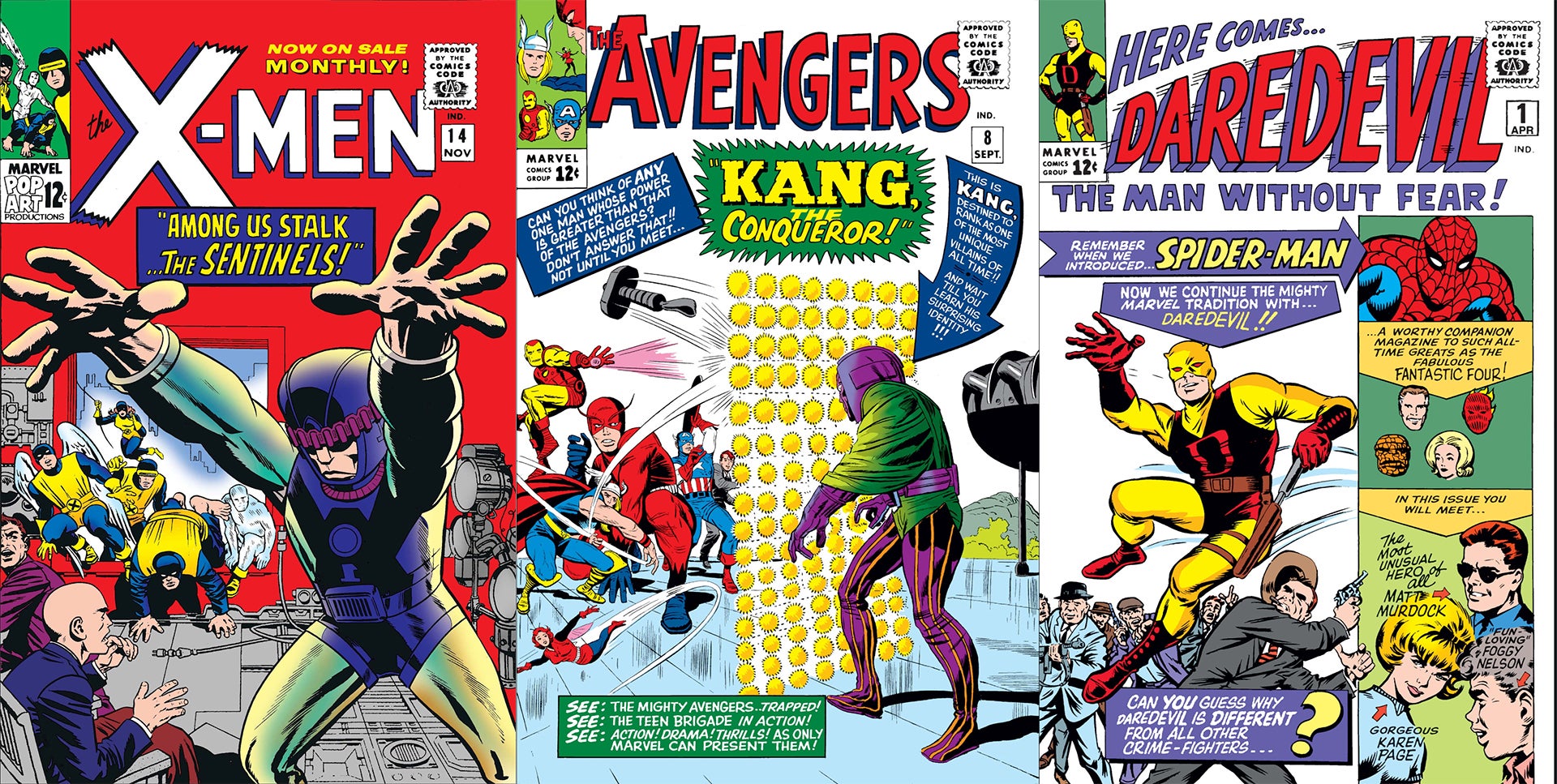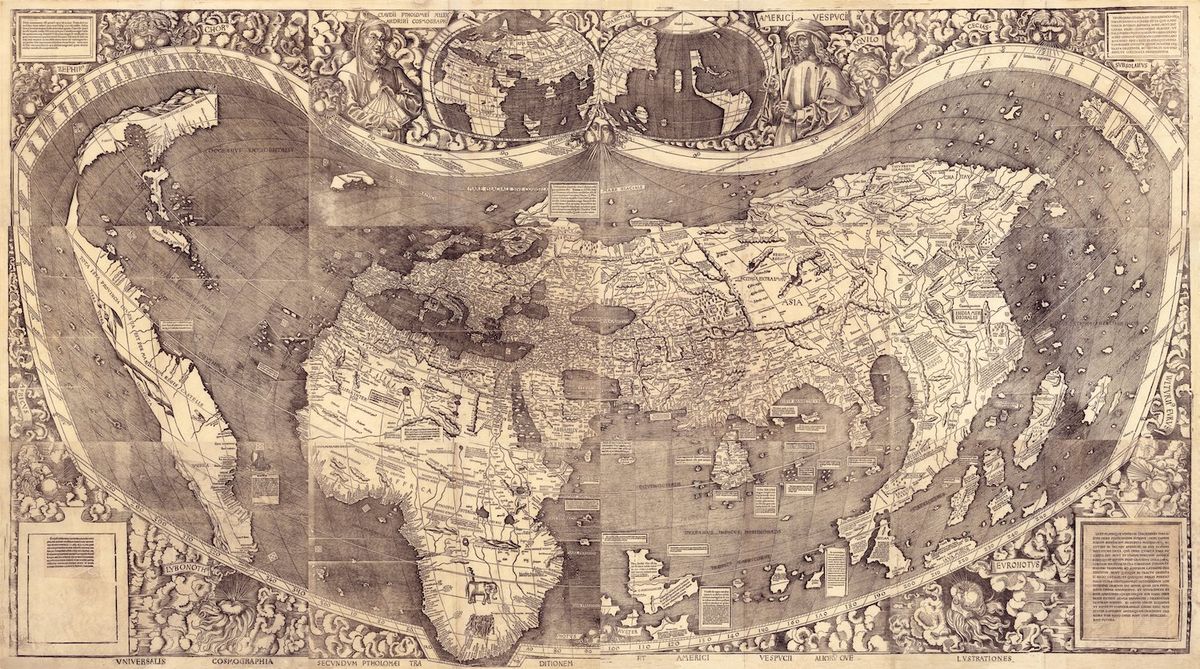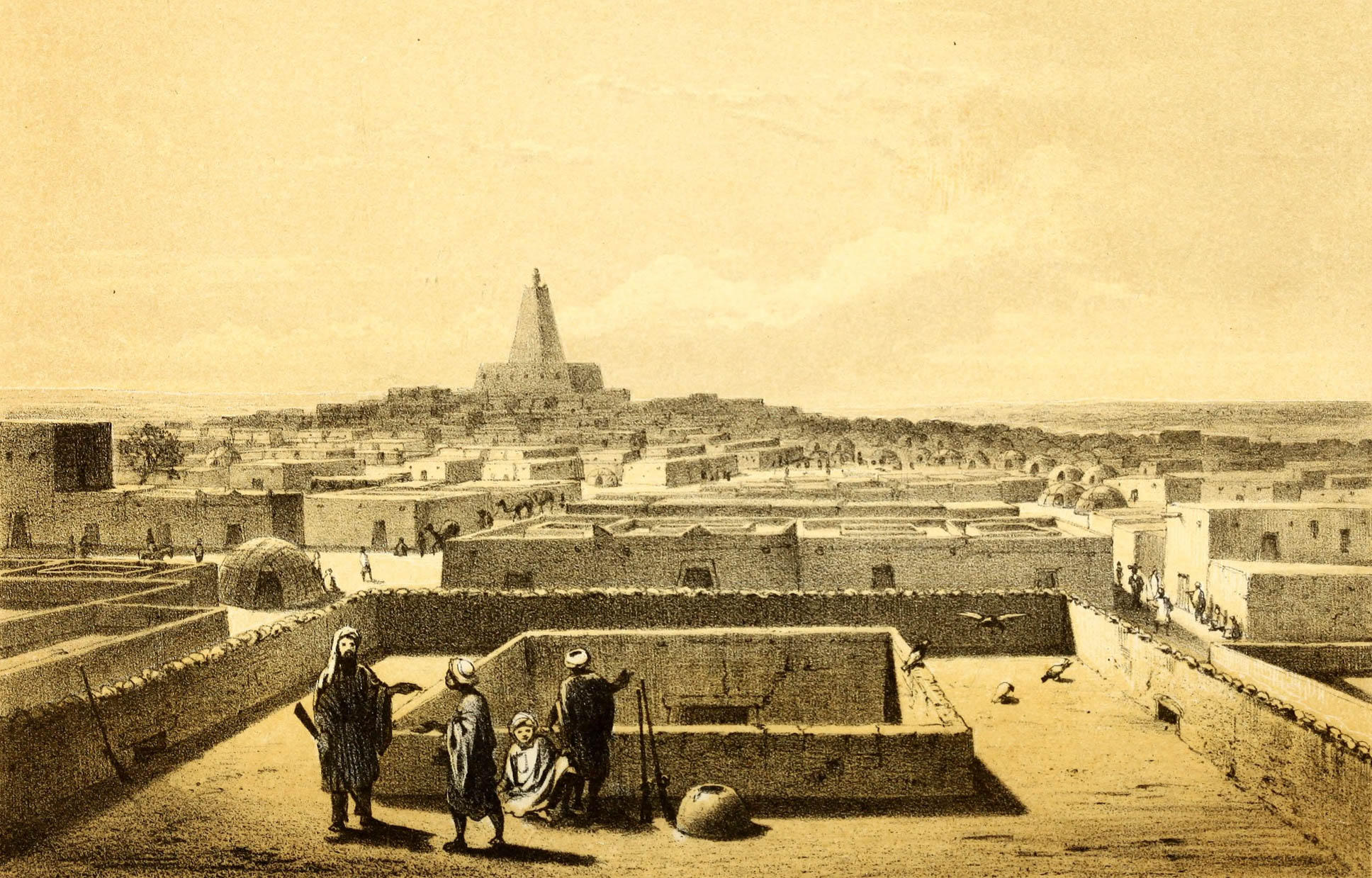On October 12, 1492, Christopher Columbus, an Italian navigator sailing for Spain, landed on an island in the Bahamas he called San Salvador. This marked the European “Discovery of the New World,” though indigenous peoples had thrived there for thousands of years. Columbus aimed to find a western sea route to Asia for trade, convinced the Earth was smaller than it actually was. Backed by Spain’s King Ferdinand and Queen Isabella, he set sail with three ships—the Niña, Pinta, and Santa María—crossing the Atlantic after months of planning.
After weeks at sea, his crew spotted land, sparking an era of European exploration and colonization. This event triggered the Columbian Exchange, a massive transfer of goods, crops, animals, and diseases between the Old and New Worlds. Europe gained wealth and resources like gold and potatoes, but the exchange brought devastation to Native populations, with diseases like smallpox wiping out millions. Columbus, unaware he’d found a new continent rather than Asia, made four voyages, forever altering global history.
His legacy remains polarizing. Once hailed as a bold explorer, Columbus is now also criticized for the brutal colonization that followed his arrival. The year 1492 stands as a symbol of human curiosity and ambition, but also of the complex, often tragic consequences that reshaped the world.







